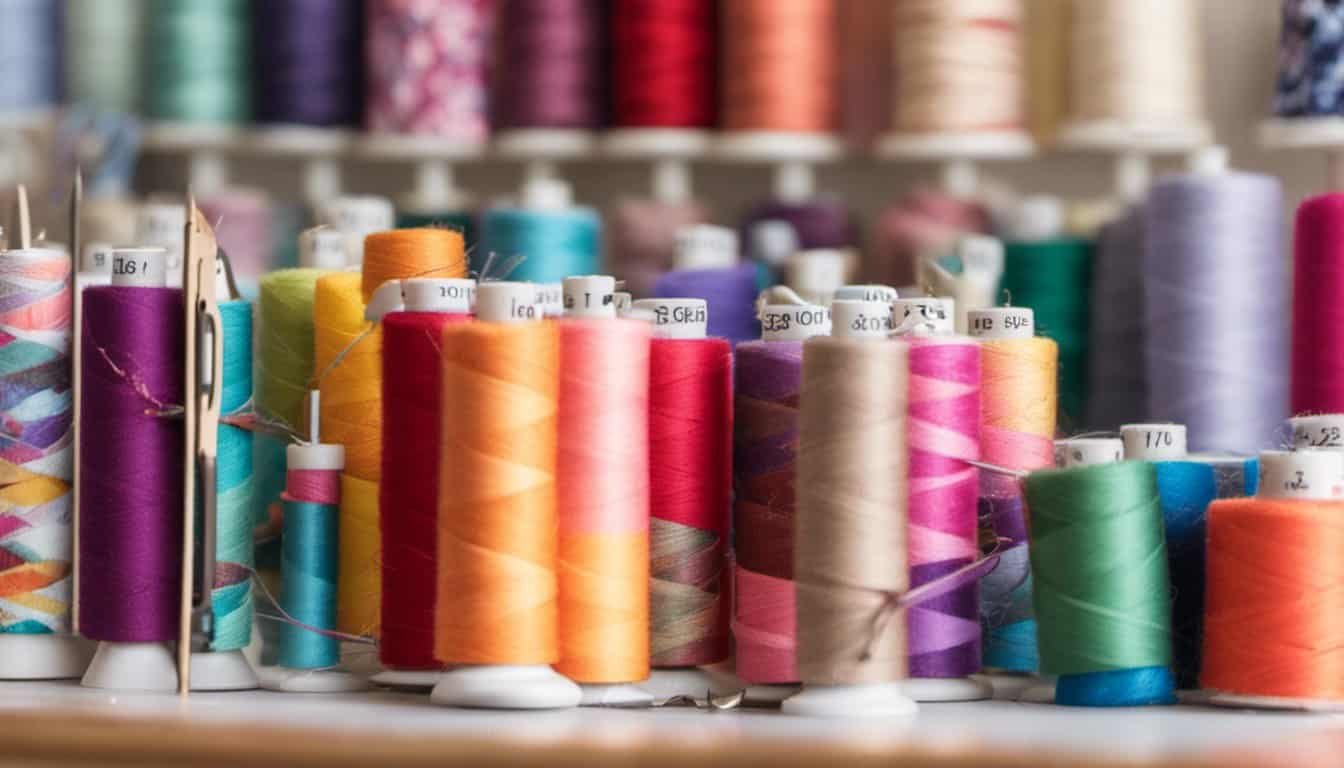Ever looked at your pile of fabric scraps and wondered what to do with them? You’re not alone. Sewing with scraps is a fantastic way to get creative, save money, and reduce waste. Plus, it’s incredibly satisfying to turn what might seem like leftovers into something beautiful and useful.
Benefits of Sewing With Scraps
Sewing with scraps offers unique benefits, transforming leftover fabric into purposeful creations. It maximizes resources while enhancing your crafting journey.
Saving Money
Crafting with scraps reduces fabric expenses, letting you save on materials. Instead of purchasing new fabric, reuse pieces from past projects. Smaller pieces work well for patchwork quilts, doll clothes, and small accessories like headbands. Using scraps minimizes the need for large fabric purchases, ultimately lowering your overall spending on supplies.
Promoting Sustainability
Using fabric scraps supports sustainable crafting practices. It minimizes textile waste by making use of materials that might otherwise be discarded. Projects like fabric bags, coasters, and reusable cloths can be made entirely from leftover fabric, contributing to waste reduction. Sewing with scraps also decreases demand for new fabric production, reducing the environmental footprint of your crafting.
Essential Supplies for Scrap Sewing
Scrap sewing makes room for creativity and sustainability. To get started, you’ll need a few essential supplies.
Best Fabrics for Scraps
Using the right fabrics enhances your scrap sewing projects. Cotton and linen are excellent choices because they’re versatile and easy to work with. Quilting cotton works well for most projects, from patchwork quilts to small bags. Denim and flannel, though heavier, add durability to items like coasters and pot holders. Leftover cotton jersey, good for stretchy projects, can go into making headbands and soft toys.
Must-Have Tools
The right tools streamline your scrap sewing experience. A rotary cutter ensures precise fabric cuts, while fabric scissors handle curves and detailed cuts. A self-healing cutting mat protects surfaces and extends the life of your rotary cutter. Rulers, especially clear ones, help measure and cut straight lines accurately. Pins keep fabric pieces in place; sewing clips are an alternative that doesn’t leave holes. A seam ripper undoes mistakes efficiently. A good-quality iron and ironing board press seams flat and make pieces easier to sew. Lastly, a basic sewing machine with adjustable stitch lengths and a zigzag stitch option accommodates most scrap sewing needs.
Creative Project Ideas
Using fabric scraps opens up a world of creative possibilities. Here’s how you can transform small pieces of leftover fabric into beautiful and practical items.
Home Decor Items
Scrap fabrics can brighten your home with unique handmade decor. Create patchwork pillows by combining different fabric pieces into a cohesive design. Use a mix of colors and patterns to make each pillow distinct. You can also sew fabric coasters by stitching together small squares of fabric with contrasting colors. These coasters are practical and add a touch of personalization to your space. Another idea is crafting fabric bunting banners. Cut triangles from various fabric scraps and sew them onto a long strip of fabric for a festive and reusable decoration.
Personal Accessories
Transform scraps into stylish and functional personal items. Sew headbands by sewing together long strips of fabric and adding elastic to fit comfortably. Fabric bookmarks are another easy project; simply stitch two fabric pieces together and add some embellishments like buttons or ribbons for uniqueness. You can also create scrunchies by cutting fabric strips and sewing them into a loop that fits around your hair. These accessories are practical, fashionable, and a great way to use even the smallest scraps.
Tips for Managing and Organizing Scraps
Managing and organizing your scraps effectively ensures a more efficient and enjoyable scrap sewing experience. Implementing a few simple strategies can transform your creative workspace.
Sorting Scraps Effectively
Start by sorting your scraps into categories based on size, color, and fabric type. Use clear containers or labeled bags to distinguish these groups. Separating cotton scraps from polyester, for instance, helps you quickly find the right material for each project. If you frequently work with specific themes or designs, consider creating an additional category for those.
Storing Materials for Easy Access
Storing materials where you can easily access them saves time and keeps your workspace tidy. Use stackable bins or drawer organizers to keep similar items together. Pegboards with hooks provide a handy way to hang small fabric pieces or tools. Clear jars work well for storing buttons, zippers, and other small accessories. Ensure commonly used items are within arm’s reach to streamline your workflow.
Overcoming Common Challenges
Scrap sewing offers exciting opportunities, but you can encounter a few common challenges.

Dealing with Varying Fabric Types
Different fabric types can be tricky when combined. Some fabrics stretch, while others don’t. To manage this, group similar types together. For example, keep cotton scraps separate from polyester ones. Use interfacing to stabilize stretchy fabrics before sewing. Test stitch lengths and tensions on fabric swatches to ensure smooth seams. Mixing thick and thin fabrics? Adjust your needle size and thread type accordingly.
Maintaining Creativity
Running out of ideas? Try keeping a scrapbook of designs. Pin images or swatches to a board for inspiration. Use online platforms like Pinterest for fresh project ideas. Collaborate with other crafters through forums and social media groups. Incorporate embroidery or embellishments to enhance basic patterns. Challenge yourself with themed projects, like holidays or seasons. Rotate your scrap stash to see it with fresh eyes. Sometimes, a simple change of perspective can spark new creativity.
Remember, these strategies can help make your scrap sewing smoother and more enjoyable.
Conclusion
Sewing with scraps isn’t just a way to reduce waste; it’s a fantastic avenue for creativity and resourcefulness. By organizing your scraps and experimenting with different projects, you can turn even the smallest pieces of fabric into something beautiful and functional. Don’t be afraid to mix and match or try new techniques. With a bit of patience and imagination, your scrap sewing endeavors can lead to truly unique creations. Happy sewing!













